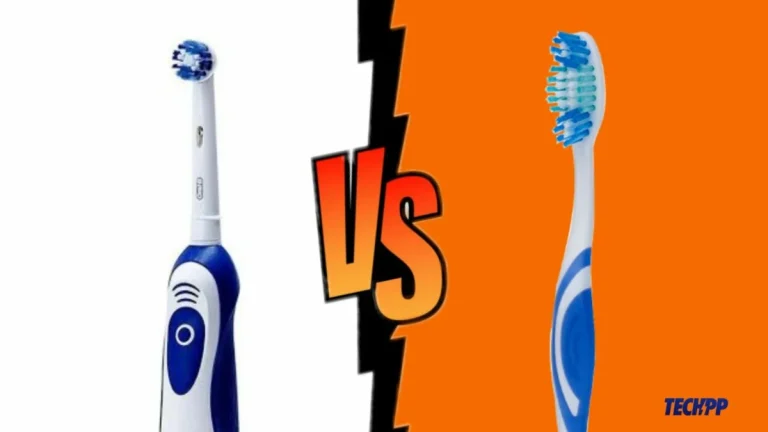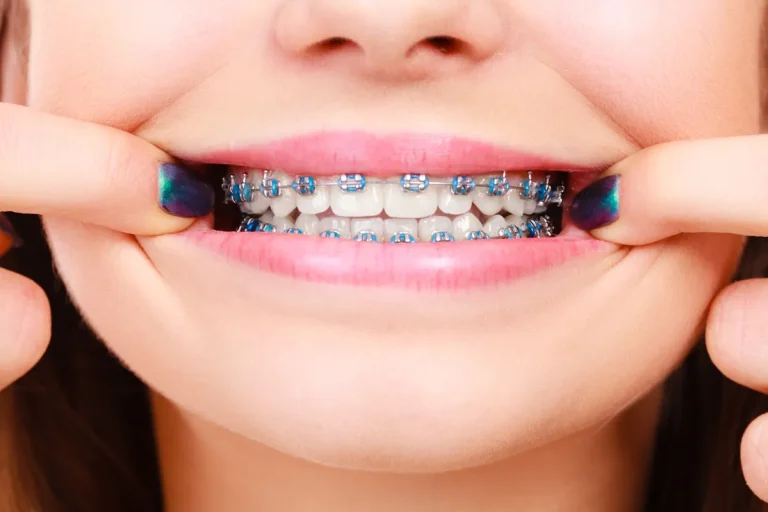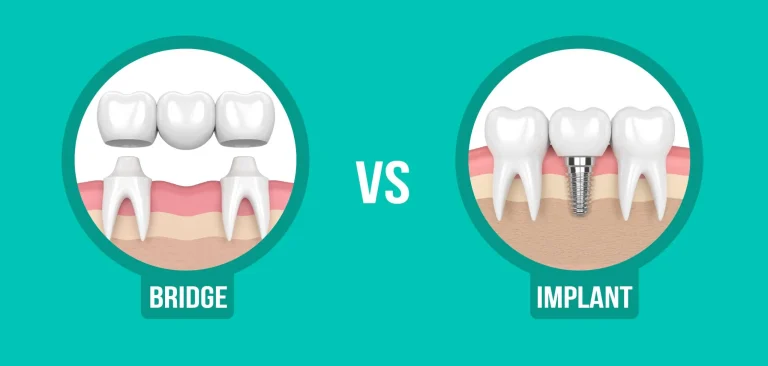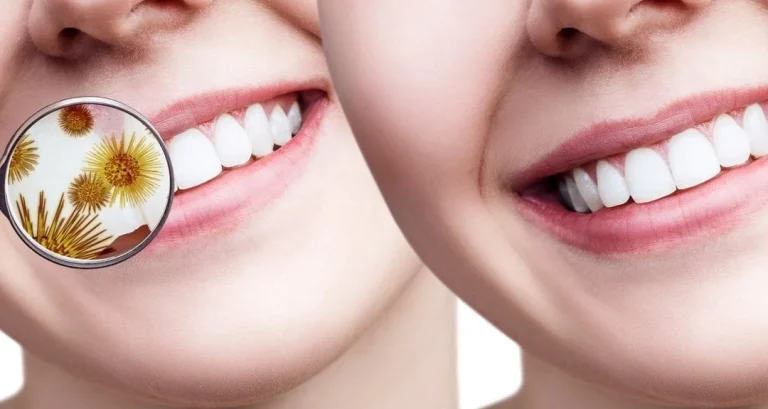Safe and Effective At-Home Teeth Whitening Methods
Overview of Over-the-Counter Whitening Products
Let’s face it—we all want a smile that shines like a Hollywood star’s, but not everyone has the time or budget for a professional whitening session at the dentist. That’s where over-the-counter whitening products come in. These affordable, easy-to-use options have become a go-to for anyone looking to brighten their teeth without breaking the bank. But with so many choices out there, how do you know which one’s right for you? Let’s break it down.
Whitening Strips: The Quick Fix
Whitening strips are like the fast food of teeth whitening—quick, convenient, and surprisingly effective. You’ve probably seen them at your local drugstore or online. Brands like Crest and Colgate dominate the market, offering strips that you apply directly to your teeth for a set amount of time (usually 30 minutes to an hour). They’re coated with a peroxide-based gel that works to lift surface stains, giving you noticeable results in just a few days.
But here’s the thing: not all strips are created equal. Some are designed for daily use over a couple of weeks, while others promise results in as little as three days. If you’re looking for an affordable teeth whitening option that fits into your busy schedule, strips might be your best bet.
Whitening Gels and Trays: Customizable Whitening
If you’re after a more tailored approach, whitening gels and trays could be the way to go. These kits usually come with a gel (again, peroxide-based) and a tray that you fill and place over your teeth. Some trays are one-size-fits-all, while others can be molded to fit your teeth for a more custom fit.
The upside? You have more control over how much gel you use and where it goes, which can lead to more even whitening. The downside? It can be a bit messier and more time-consuming than strips. But if you’re someone who likes to take things into your own hands (literally), this might be the over-the-counter whitening product for you.
Whitening Toothpaste: The Everyday Option
Now, let’s talk about whitening toothpaste. It’s the most low-key option of the bunch, and chances are you’ve already got a tube in your bathroom. These toothpastes contain mild abrasives or special chemicals that help remove surface stains over time. They’re not going to give you dramatic results overnight, but they’re great for maintaining a bright smile after using other whitening products.
Think of whitening toothpaste as the supporting actor in your whitening routine—it’s not the star of the show, but it definitely plays an important role. Plus, it’s an easy way to incorporate affordable teeth whitening into your daily routine without any extra effort.
So, whether you’re team strips, gels, or toothpaste, there’s an over-the-counter whitening product out there that’s perfect for your needs. But before you dive in, let’s talk about how to use these products the right way—because even the best tools won’t work if you’re not using them correctly.
Proper Application Techniques for At-Home Whitening Treatments
Alright, so you’ve picked out your whitening product of choice—awesome! But here’s the deal: even the best over-the-counter whitening kit won’t do much if you’re not using it correctly. Think of it like baking a cake—you can have all the right ingredients, but if you don’t follow the recipe, you might end up with a mess. Let’s make sure that doesn’t happen with your teeth.
Whitening Strips: Stick It Right
Using whitening strips might seem as simple as slapping them on and calling it a day, but there’s a little more to it. First, make sure your teeth are clean and dry before applying the strips. This helps them adhere better and work more effectively. Gently press the strip onto your teeth, starting from the front and smoothing it out toward the back.
Here’s a pro tip: avoid letting the strips touch your gums. The peroxide gel can irritate sensitive gum tissue, and trust me, that’s not a fun experience. Most strips are designed to be worn for 30 minutes to an hour, but always follow the instructions on the package. Overusing them won’t make your teeth whiter faster—it’ll just increase your risk of sensitivity.
Whitening Gels and Trays: Less Is More
If you’re using a whitening gel and tray system, precision is key. Start by brushing and flossing your teeth to remove any plaque or debris. Then, apply a small amount of gel to the tray—seriously, a little goes a long way. Overfilling the tray can cause the gel to spill onto your gums, which can lead to irritation.
Once the tray is in place, make sure it’s snug but not uncomfortable. Some kits recommend wearing the tray for just 30 minutes, while others suggest overnight use. Again, stick to the instructions like your smile depends on it (because it kinda does). And don’t forget to rinse your mouth and clean the tray thoroughly after each use to keep things hygienic.
Whitening Toothpaste: Brush Smart
Whitening toothpaste is the easiest to use, but there’s still a right way to do it. Use it just like you would regular toothpaste, but here’s the kicker: don’t rinse your mouth immediately after brushing. Let the toothpaste sit on your teeth for a minute or two to give the whitening agents time to work.
Also, don’t go overboard with the scrubbing. Whitening toothpaste often contains mild abrasives, and brushing too hard can wear down your enamel over time. Gentle, circular motions are the way to go. And remember, whitening toothpaste is more about maintenance than dramatic results—so be patient.
A Quick Note on Timing
No matter which method you choose, consistency is key. Most at-home whitening treatments take a few days to a couple of weeks to show noticeable results. Don’t be tempted to double up on applications or leave products on longer than recommended. Your teeth might thank you in the short term, but your gums and enamel won’t.
Now that you know how to use these products like a pro, let’s talk about the not-so-fun part: potential risks and side effects. Because let’s be real—no one wants to trade a brighter smile for a mouthful of problems.
Potential Risks and Side Effects of DIY Whitening
Okay, let’s get real for a second. While at-home teeth whitening can be a game-changer for your smile, it’s not all sunshine and rainbows. Like anything else, there are some risks involved—especially if you don’t follow the instructions or go overboard. But don’t worry, I’m here to walk you through the potential pitfalls so you can whiten your teeth safely and effectively.
Tooth Sensitivity: The Cold Truth
Ever taken a sip of ice water and felt like your teeth were screaming at you? That’s sensitivity, and it’s one of the most common side effects of teeth whitening. The peroxide in whitening products can temporarily make your teeth more sensitive to hot, cold, or sweet foods and drinks.
The good news? This usually goes away on its own after a few days. In the meantime, you can use a toothpaste designed for sensitive teeth to help ease the discomfort. And if you’re prone to sensitivity, consider spacing out your whitening treatments to give your teeth a break.
Gum Irritation: Handle With Care
If you’ve ever gotten whitening gel on your gums, you know it’s not a pleasant experience. Gum irritation is another common side effect, especially if the product isn’t applied carefully. Redness, soreness, or even a burning sensation can occur if the gel comes into contact with your gum tissue.
To avoid this, make sure you’re applying whitening strips or gels precisely as directed. If you’re using a tray, don’t overfill it—less is more when it comes to the gel. And if you do accidentally get some on your gums, rinse it off immediately with water.
Over-Whitening: When Enough Is Enough
Here’s the thing: there’s such a thing as too much of a good thing. Over-whitening your teeth can lead to a condition called “bleachorexia,” where your teeth start to look unnaturally white or even translucent. Not only does this look odd, but it can also weaken your enamel over time.
To avoid this, stick to the recommended usage guidelines for your chosen product. Most at-home whitening treatments are designed to be used for a specific period—whether that’s a few days or a couple of weeks. Once you’ve achieved your desired shade, ease up and switch to maintenance mode with whitening toothpaste.
When to Call It Quits and See a Dentist
While most side effects of at-home whitening are mild and temporary, there are times when it’s best to hit pause and consult a professional. If you experience severe pain, prolonged sensitivity, or signs of an allergic reaction (like swelling or a rash), stop using the product immediately and give your dentist a call.
Remember, your oral health is just as important as your smile’s appearance. If you’re unsure about which whitening method is right for you, or if you have existing dental issues like cavities or gum disease, it’s always a good idea to get your dentist’s input before starting any treatment.
Now that we’ve covered the potential risks, let’s talk about how effective these at-home methods really are. Spoiler alert: not all whitening products are created equal, and some might surprise you with how well (or not so well) they work.
Comparison of Effectiveness Between Different At-Home Methods
So, you’ve got your whitening strips, gels, and toothpaste lined up, but you’re probably wondering: which one actually works? I mean, who has time to waste on a product that doesn’t deliver? Let’s break it down and compare these at-home whitening methods so you can see which one might give you the brightest bang for your buck.
Whitening Strips: Fast and Noticeable
If you’re looking for quick results, whitening strips are often the MVP. Most brands promise noticeable whitening in as little as three to five days, with full results in about two weeks. They’re especially effective at tackling surface stains from coffee, tea, or wine.
But here’s the catch: the results aren’t always long-lasting. If you’re a big fan of stain-causing foods and drinks, you might find yourself reaching for the strips again in a few months. Still, for a fast and affordable teeth whitening option, strips are hard to beat.
Whitening Gels and Trays: Deeper Whitening
Whitening gels and trays tend to pack a bigger punch than strips, especially if you’re using a custom-fit tray. Because the gel stays in closer contact with your teeth, it can penetrate deeper to lift tougher stains. This makes gels a great choice if you’re dealing with more stubborn discoloration or want longer-lasting results.
The downside? It’s a bit more time-consuming and messy compared to strips. You’ll also need to be careful about how much gel you use to avoid gum irritation. But if you’re willing to put in the effort, gels and trays can give you a noticeably brighter smile.
Whitening Toothpaste: Slow and Steady
Let’s be real—whitening toothpaste isn’t going to give you dramatic results overnight. But what it lacks in speed, it makes up for in convenience. Using whitening toothpaste daily can help maintain your results after using strips or gels, and it’s great for preventing new stains from forming.
Think of it as the tortoise in the race: slow and steady wins the game. Over time, you might notice your teeth looking a shade or two brighter, especially if you’re consistent with your brushing routine. Just don’t expect it to work miracles on deep stains.
Cost Comparison: What’s the Best Value?
When it comes to cost, whitening toothpaste is the clear winner. It’s usually just a few dollars more than regular toothpaste, making it an affordable teeth whitening option for anyone on a budget.
Whitening strips and gels are a bit pricier, with strips typically costing between $20 and $50 per kit and gels ranging from $30 to $60. While they’re more expensive upfront, they also deliver faster and more noticeable results.
So, which method is the best? It really depends on your goals, budget, and how much effort you’re willing to put in. If you want quick results, go for strips. If you’re after deeper whitening, gels and trays might be your best bet. And if you’re looking for a low-maintenance option, whitening toothpaste is a solid choice.
Conclusion
At-home teeth whitening can be a safe, effective, and affordable way to achieve a brighter smile—if you do it right. Whether you choose whitening strips, gels, or toothpaste, the key is to follow the instructions, avoid overuse, and listen to your teeth.
Remember, everyone’s smile is different, so what works for your best friend might not work for you. And if you’re ever unsure, don’t hesitate to consult your dentist for personalized advice.
So, what are you waiting for? Pick your favorite method, get started, and let that confident, radiant smile shine through. And hey, when you see those results, don’t forget to share your whitening journey with us—we’d love to hear how it goes!
FAQs
What are the most common types of over-the-counter teeth whitening products?
A: The most common types are whitening strips, whitening gels and trays, and whitening toothpastes.
How do whitening strips work?
A: Whitening strips contain a peroxide-based gel that lifts surface stains. You apply them directly to your teeth for a specified time.
Are custom-fitted whitening trays better than one-size-fits-all trays?
A: Yes, custom-fit trays provide more even whitening because they allow the gel to stay in closer contact with your teeth.
Can whitening toothpaste dramatically whiten teeth?
A: No, whitening toothpaste is best for maintaining brightness and removing surface stains. It provides gradual results.
How can I prevent gum irritation when using whitening strips or gels?
A: Ensure the strips or gel don’t touch your gums. Use only a small amount of gel in the trays, and rinse immediately if contact occurs.
What is tooth sensitivity, and how can I manage it during whitening?
A: Tooth sensitivity is a common side effect where teeth become sensitive to hot, cold, or sweet. Use toothpaste for sensitive teeth and space out whitening treatments.
What is “bleachorexia”?
A: “Bleachorexia” is a condition caused by over-whitening, leading to unnaturally white or translucent teeth and potential enamel damage.
How long does it take to see results from at-home whitening treatments?
A: Most at-home treatments take a few days to a couple of weeks to show noticeable results.
Which at-home whitening method is the most cost-effective?
A: Whitening toothpaste is the most affordable option for maintaining a bright smile.
When should I consult a dentist before starting at-home teeth whitening?
A: Consult your dentist if you have existing dental issues like cavities or gum disease, or if you’re unsure which method is right for you.







